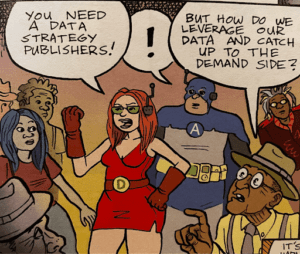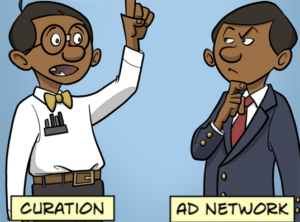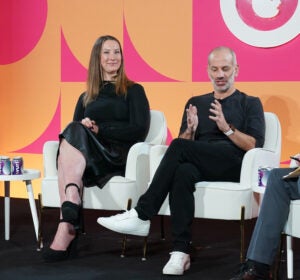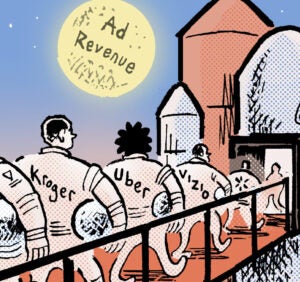 Ad tech company TellApart’s acquisition of ecommerce startup Freshplum Wednesday is yet another notch in the book of ad tech-marketing tech mergers.
Ad tech company TellApart’s acquisition of ecommerce startup Freshplum Wednesday is yet another notch in the book of ad tech-marketing tech mergers.
This isn’t even the first marketing tech acquisition for TellApart. Last September, it acquired AdStack, a company that produces email optimization software.
Grabbing Freshplum is an ecommerce play, a bid to inherit technology designed to personalize retail offers and discounts at the point of purchase.
“For TellApart, it’s never been about being a retargeting company,” Josh McFarland, TellApart’s cofounder and CEO told AdExchanger. “We’ve always seen ourselves as curating customer data and finding really smart things to do in a personalized way with that data.”
The 5-year-old TellApart originated to help companies distinguish high-value customers and prospects and act on that data onsite or across exchanges. TellApart’s technology could also identify individuals who likely wouldn’t spend a lot (if at all) and send them optimized offers designed to unclasp their wallets.
“The blend of what TellApart was really good at – who’s going to buy and not buy – with Freshplum’s ability to dynamically deliver and personalize offers by user was a natural mash-up of our companies,” McFarland said.
The TellApart-Freshplum deal did not occur in isolation. Media and marketing tech have increasingly converged. The most notable is enterprise giant Oracle’s acquisition of data services and technology company BlueKai. But smaller-scale deals also abound, such as SAP’s purchase of behavioral marketing platform SeeWhy.
These acquisitions are strategic moves in what Ray Wang, chairman and principal analyst at Constellation Research, calls the “big battle of campaign-to-commerce.”
“What’s required is mass personalization at scale,” Wang said. “Freshplum takes the first step with contextual offers – much needed by TellApart to improve the campaign-to-commerce cycle.”
For TellApart’s McFarland, it’s about tracing the “the S-curve” of the customer path-to-purchase, from targeted display, email and onsite personalization.
“If you bring real-time, big data to marketing automation, you get a new thing that’s more than ad tech or marketing automation,” he said. “It’s predictive marketing. (It’s borrowing from ad tech) – this idea of let’s bid in real time, impression by impression, so you can figure out what this is worth to your user.”













